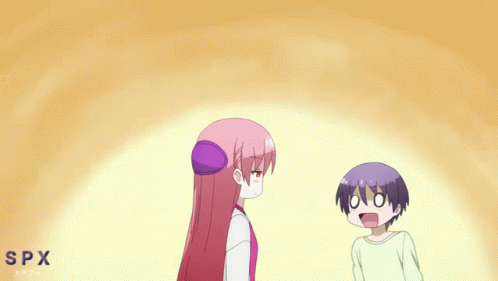If I may suggest some adjustments:
Currently what is secondary canon is defined twice differently on the page. One through "a media that is considered secondary canon (such as an anime adaptation of a feat displayed in a manga)" and once through "The primary canon is the source material first released (with few possible exceptions), with the other author works being secondary canon."
Since other author works would also take priority over adaptations not overseen by the author anime adaptations should fall into a tertiary canon like for books.
Additionally the rules should, in my understand, allow more than just taking timeframes, but also other details if given.
Furthermore there is now no reason to have special rules for books or lightnovels anymore, since those now become the same as for other media, so those should be fused. In total I would suggest editing the page as follows:
Here the whole page
Canon is a term used to designate what is considered "official" in a certain fictional universe. With few possible exceptions only canon material is featured in the character pages. Non-canon material doesn't count - it never happened.
The generally agreed-upon definition is that the work by the original author and creator of the fictional setting is canon, unless the author or the copyright holder declares otherwise. Few other exceptions are also possible and should be noted on the verse page.
The primary canon is the source material first released (with few possible exceptions), with the other author works being secondary canon.
When different source materials give different versions of the same feat, and by that they contradict each other in the depiction of the feat, the primary canon takes precedence over the secondary canon.
If the feat is correctly depicted over multiple canons any of these can be used to judge the feat. Should by judging the feat through multiple canons different results be reached the result of the primary canon will have priority.
So for most manga series, that means the original manga is canon, while the anime is not (since the anime is simply an adaptation of the manga made by others). Databooks are considered secondary canon since scans tend to contradict them. It should be noted that this is often evaluated on a case - by - case basis.
In addition a tertiary canon will be allowed. The tertiary canon consists of official adaptations not overseen by the author, which do not modify or contradict source material. When other source materials give different versions of the same feat, and by that contradict the tertiary canon in the depiction of the feat, the others take precedence. And here as well, if the feat is correctly depicted over multiple canons any of these can be used to judge the feat. Should by judging the feat through primary or secondary canon a different result be reached than for tertiary canon the result of primary or secondary canon will have priority.
- Entirely new feats of tertiary canon, like for example new abilities, should be disregarded. Details added to existing fight scenes, such as damage caused to the surroundings, can be accepted for text based media like books.
- Any changes based on tertiary canon will only be accepted if they are not contradicted by any instances of another canon, with regards to either the character power-scale, or logical inconsistencies (and plot holes).
- All of the rules that are written in the Cinematic Time page still apply when it comes to evaluation of such tertiary canon feats.

